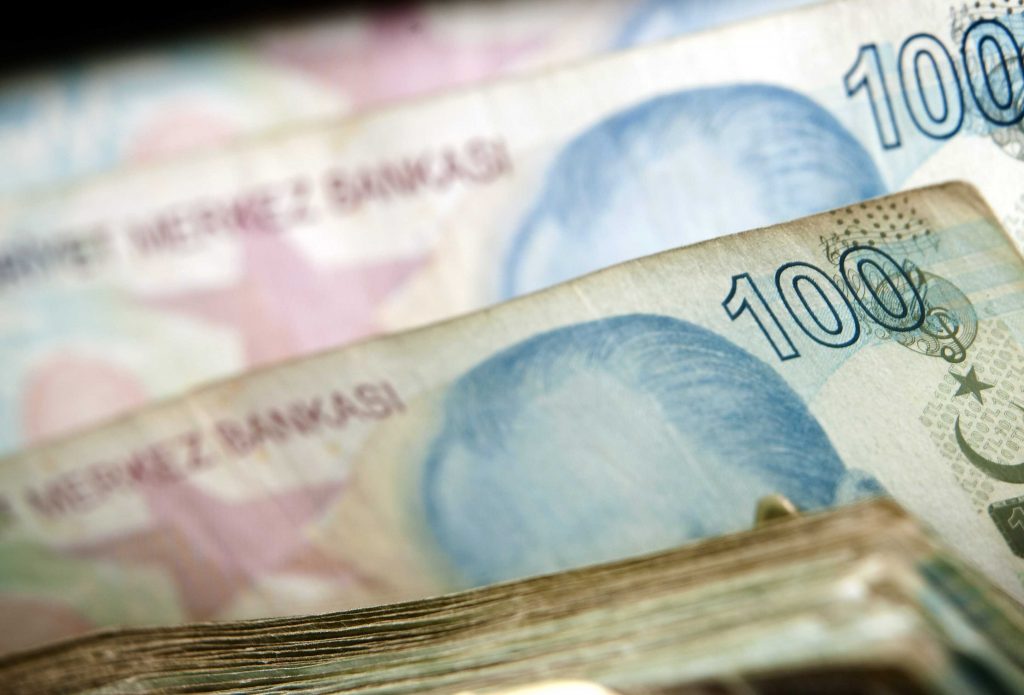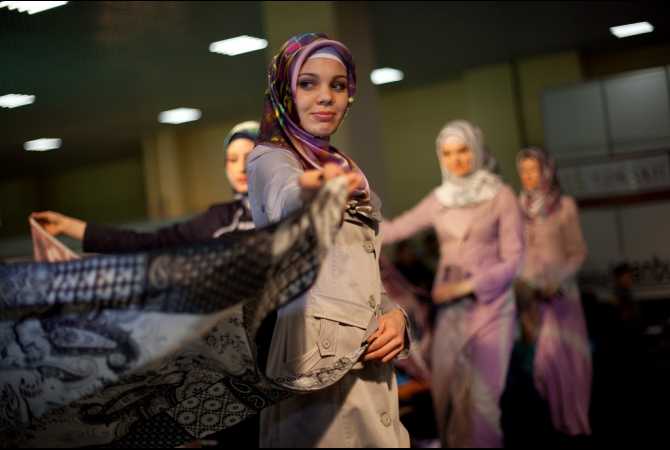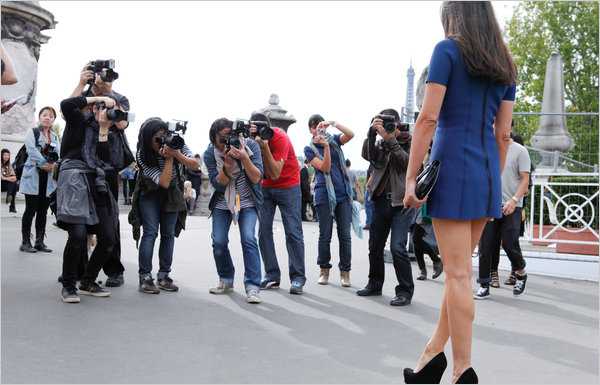In its 10th year, Trendyol, the largest e-commerce platform in Turkey, has announced the results of an independent study “Trendyol’s impact on the Turkish economy”. According to Trendyol founder and CEO Demet Mutlu: “In 2020, 98 thousand businesses, mostly SMEs, and 1.1 million individual sellers sold 347 million products on Trendyol. By digitalizing the commercial activities of SMEs and local merchants, Trendyol helps them grow their business and expand their customer reach. As a result, we were able to make a measurable impact on the Turkish economy and this study estimates that we have contributed to the creation and retention of 1.1 million employment.”
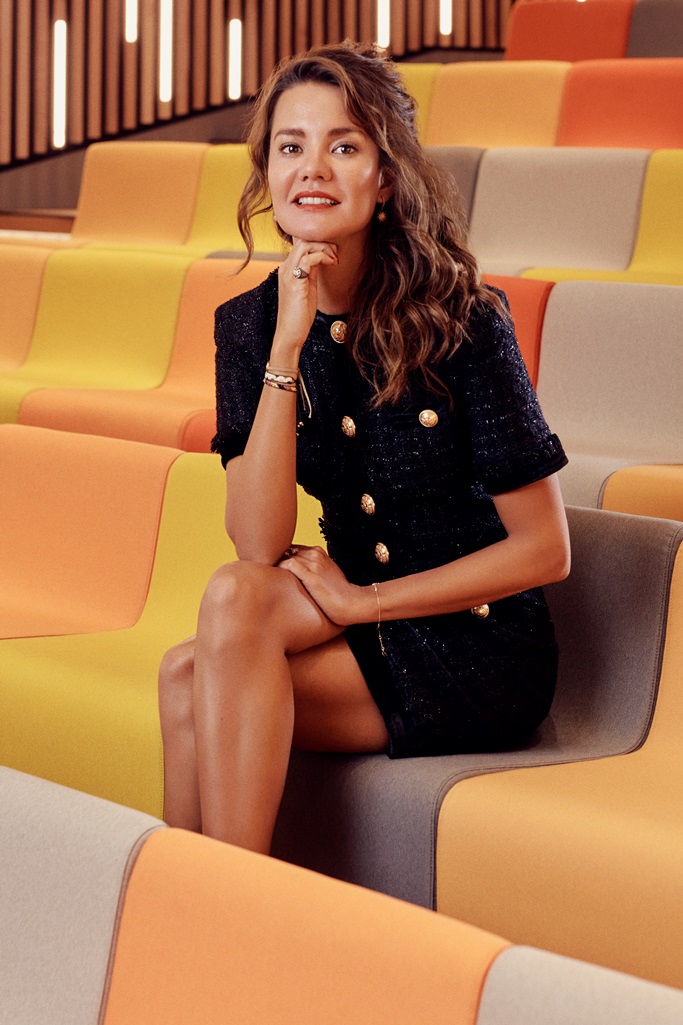
In its 10th year, Trendyol, the largest e-commerce platform in Turkey, has announced the results of a study, “Trendyol’s impact on the Turkish economy”, conducted by the independent research organization PAL.
The study shows that Trendyol has made a measurable impact on Turkey’s economy. 98,000 businesses, mostly SMEs, and 1.1 million individual sellers sold 347 million products on Trendyol in 2020.
90% of the sellers increased their turnover and 82% employed more people
According to PAL, after joining Trendyol, 90% of sellers increased their turnover and 82% hired more employees as they upscaled their businesses. The study also shows that 80% of sellers increased their know-how on consumer preferences and market trends. Trendyol is also credited by 77% of sellers for helping their businesses minimize the economic impact of Covid-19.
Trendyol contributed to the creation and retention of 1.1 million jobs and is estimated to help create, 2.4 million jobs by 2023
Sales on the Trendyol platform have a positive knock-on effect on related sectors, such as manufacturing, packaging, marketing, delivery and customer service. Trendyol’s strong performance contributed to the creation and retention of 360,000 direct and 708,000 indirect employment. Study findings estimate that Trendyol’s impact on employment will reach 2.4 million jobs by 2023, a significant increase from the current 1.1 million.
43% of sellers on Trendyol are from provincial cities
Trendyol supports regional development by connecting local SMEs and merchants from provincial cities with customers in regional hubs. In 2020, the number of sellers outside three major cities (İstanbul, Ankara, İzmir) reached 42,000, and 93% of these sellers have accessed new customers through Trendyol. Mutlu states: “We are committed to digitalizing our merchants and providing financial support to help grow their businesses.”
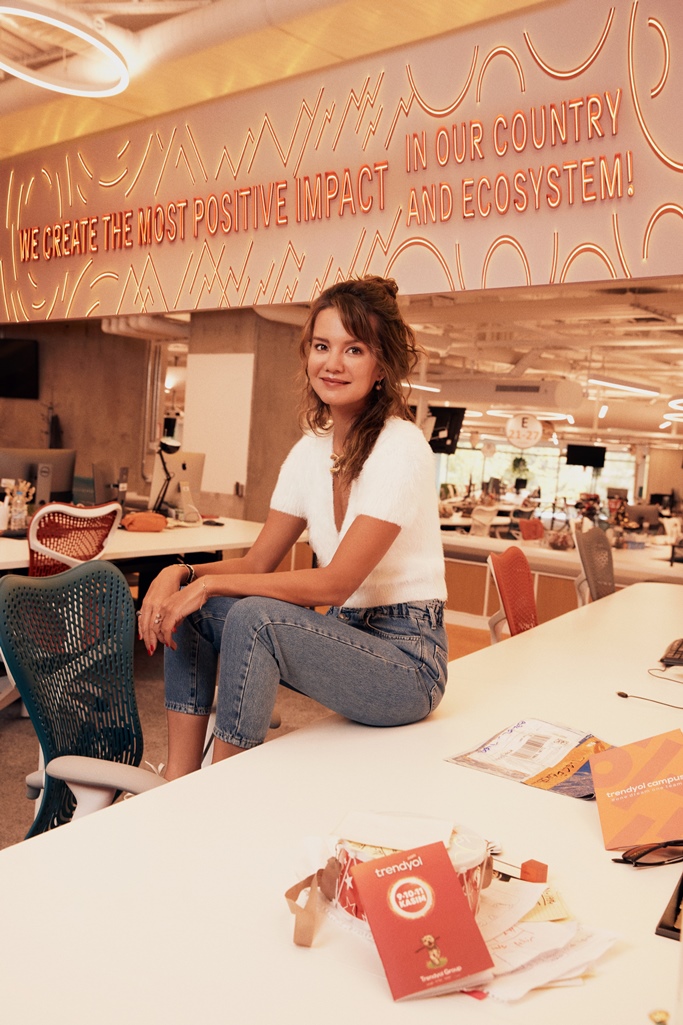
During the pandemic, 17,000 women entrepreneurs started selling on Trendyol
Mutlu states: “We believe it is our responsibility to increase the role of female-headed businesses in the economy. This is reflected in our company values: 42% of the Trendyol team and 41% of the management team are women, considerably higher than most global technology companies. During the pandemic, 17,000 women entrepreneurs started selling on our platform. 25% of all our sellers are female-led companies which is a significant achievement for Trendyol given that only 10% of employers in Turkey are women.”
Trendyol’s second-hand platform, Dolap, has 400,000 women sellers who work from home raising their children and caring for their families. Trendyol is leading the way in providing an additional channel of socio-economic engagement to stay-at-home mothers which benefits the household economy and encourages entrepreneurial activity within the home.
98% of sellers on Trendyol are Turkish companies
“Trendyol is proud to champion domestic production. Turkish companies represent 98% of our marketplace and 72% of the products are locally produced. Increasing the brand recognition and the footprint of Turkish products in the global marketplace is the focus of our e-export operations, as is increasing the number of Turkish companies that can e-export from Turkey” Mutlu said.
Active customers reached 19.3 million in 2020
In 2020, 19.3 million active customers made at least one purchase on Trendyol platforms, compared with 9.2 million in 2019. In the last quarter of 2020, Trendyol delivered an average of 1.1 million packages per day.
Trendyol allocates 28% of its total budget to Research & Development
Mutlu states: “Trendyol has attracted $335 million FDI into Turkey and used this investment for the development of the digital ecosystem. Trendyol also allocates 28% of its total budget to R&D and offers competitive job opportunities for top talent from Turkey and Europe.”
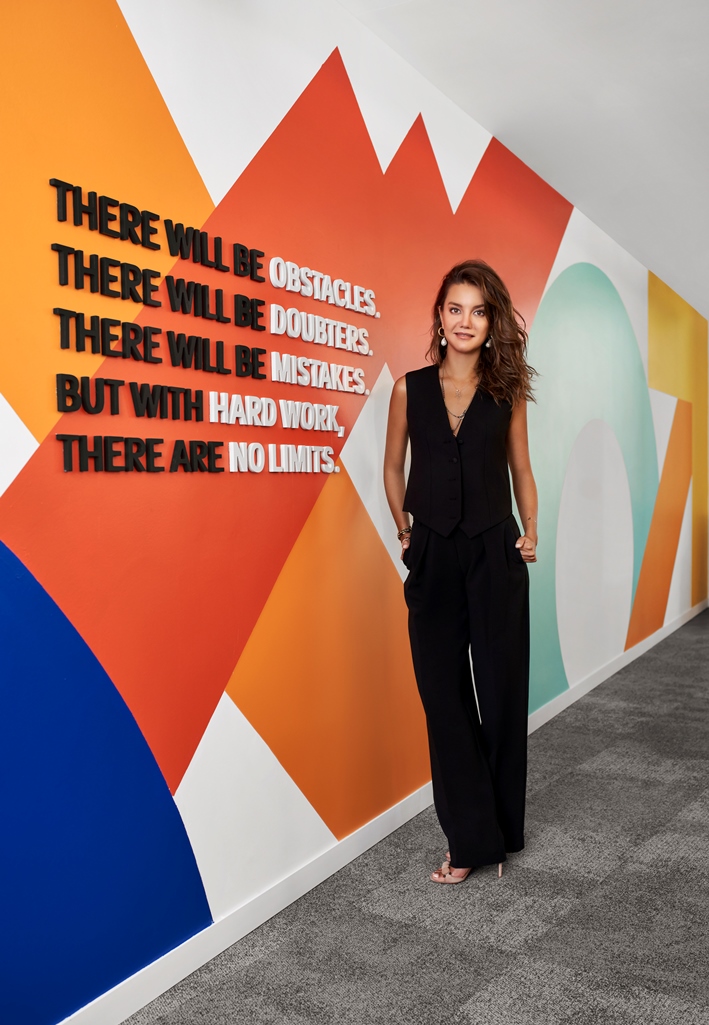
Trendyol will continue to deliver positive impact on local economies
Mutlu states: “At Trendyol, we see it as our responsibility to strengthen the digital ecosystem and to create value for our customers, sellers, and our country as a whole. By digitalizing and supporting local businesses, we enable Turkey’s entrepreneurs and business owners to invest in their families, their communities and in Turkey.
We will continue to work hard to grow the positive impact we have for our country and all our stakeholders. ”

